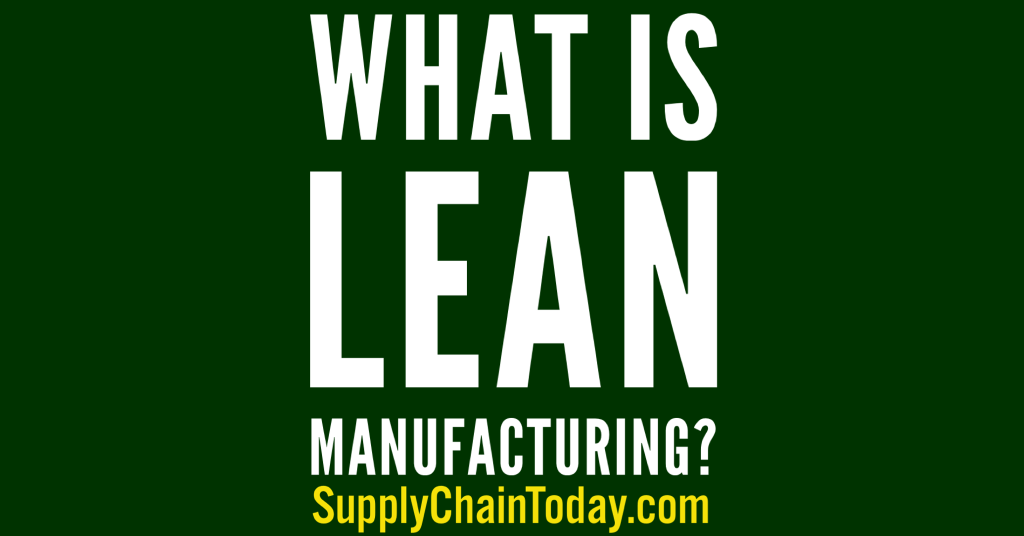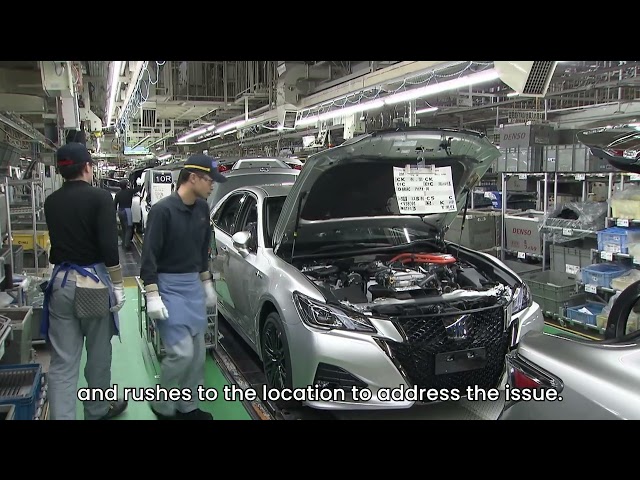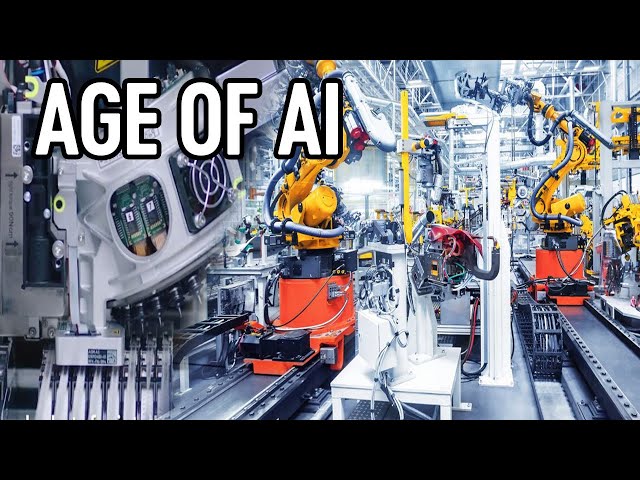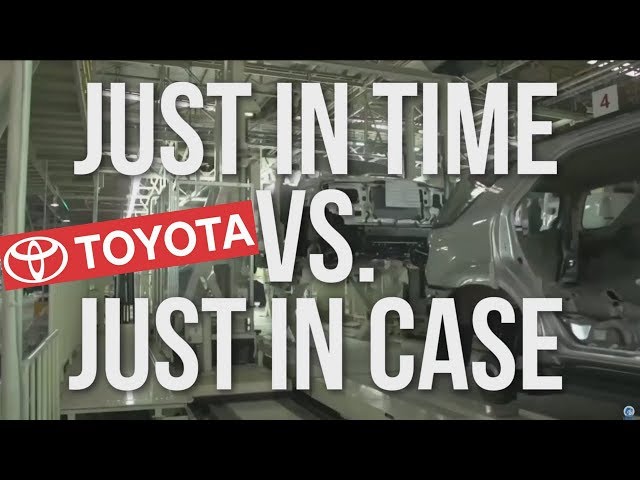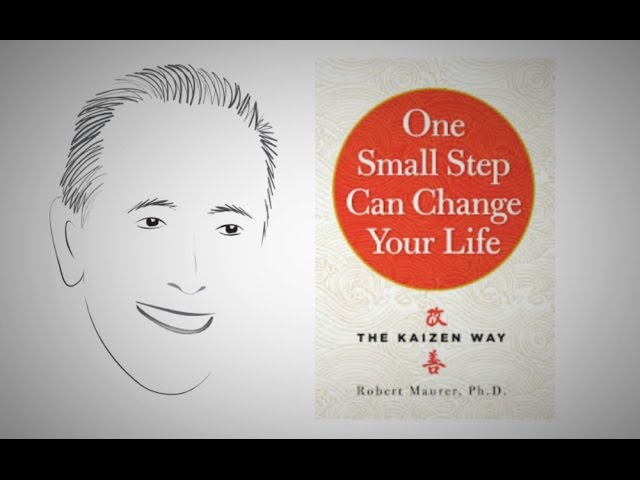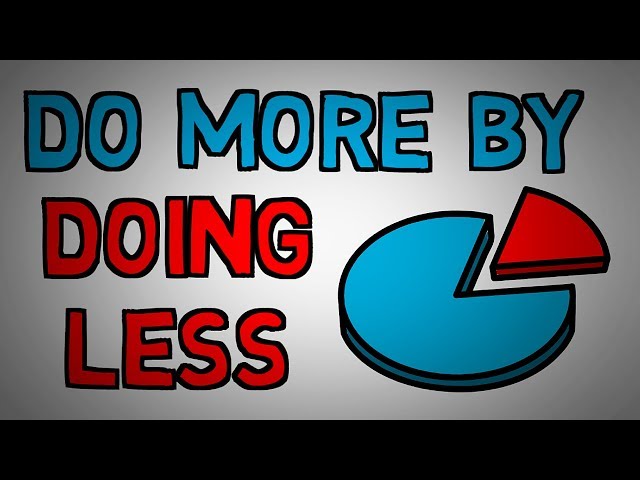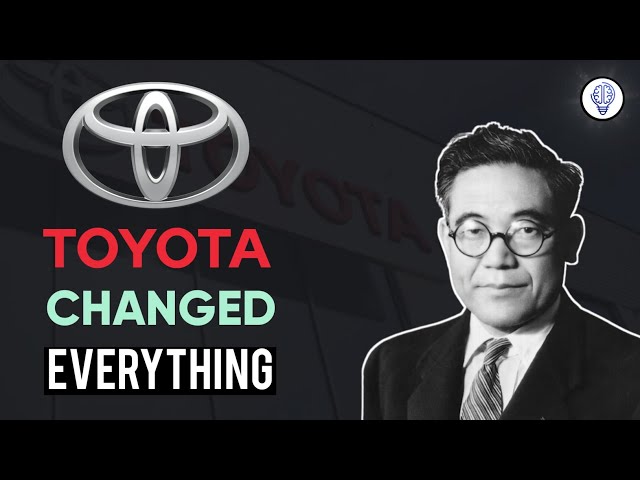What is Lean Manufacturing?
Lean manufacturing is a production philosophy that emphasizes the elimination of waste and the maximization of value through the continuous improvement of processes. The goal is to create a smooth flow of materials and products through the manufacturing process, with minimal waste, delays, and defects.
The main techniques used in lean manufacturing include:
- Value stream mapping: This technique involves mapping out the entire production process, from raw materials to finished goods, to identify areas of waste and inefficiency.
- Kanban: Kanban is a system that uses visual signals to indicate when materials are needed in the production process. It helps to ensure that the right materials are delivered to the right place at the right time.
- Pull systems: Pull systems are based on the principle that production should only occur when there is a customer demand. This helps to reduce inventory and overproduction.
- Takt time: Takt time is the rate at which a product must be produced to meet customer demand. It helps to set production goals and ensure that products are produced at the right pace.
- 5S: 5S is a system for organizing and maintaining a clean and orderly workplace. It includes five steps: sorting, simplifying, sweeping, standardizing, and sustaining.
- Kaizen: Kaizen is the practice of continuous improvement. It encourages all employees to be involved in finding ways to improve the production process and eliminate waste.
- Standardized work: Standardized work is a method of documenting the best way to perform a task, which can be used to train new employees and ensure consistency in the production process.
- Total productive maintenance (TPM): TPM is a program that focuses on the maintenance and improvement of production equipment. It helps to reduce downtime and improve equipment efficiency.
These techniques are used together as a holistic approach to optimize the manufacturing process and increase efficiency, quality, and customer satisfaction while reducing costs, waste, and lead time.
Pros and Cons
Pros of Lean Manufacturing:
- Increased efficiency: Lean manufacturing emphasizes the elimination of waste and the maximization of value, which can lead to increased efficiency in the production process.
- Reduced costs: Lean manufacturing helps to reduce costs by minimizing waste and maximizing the use of resources.
- Improved quality: Lean manufacturing focuses on eliminating defects and errors, which can lead to improved product quality.
- Increased flexibility: Lean manufacturing allows for the quick adaptation to changing customer demand.
- Enhanced customer service: Lean manufacturing can improve customer service levels by reducing lead times and increasing the responsiveness to customer demand.
- Increased employee involvement: Lean manufacturing encourages employee involvement in the production process, which can lead to increased motivation and improved job satisfaction.
Cons of Lean Manufacturing:
- High initial investment: Implementing lean manufacturing often requires a large investment in technology and equipment.
- Requires a significant cultural change: Lean manufacturing requires a significant cultural change in the organization, which can be difficult to achieve.
- High dependence on suppliers: Lean manufacturing increases dependency on suppliers to deliver goods on time, which can be risky if suppliers are unreliable.
- Limited inventory buffer: Lean manufacturing reduces the inventory buffer, which can result in stockouts and production downtime in case of unexpected demand or supplier delays.
- Requires highly trained employees: Lean manufacturing requires employees to be highly trained in the specific techniques and tools used in the process, which can be costly.
Cost Savings
When implementing lean manufacturing, cost savings can be achieved in several areas:
- Reduced inventory costs: Lean manufacturing reduces the need for large inventory holdings, which can result in significant cost savings on warehouse space, inventory management, and insurance.
- Reduced carrying costs: Lean manufacturing reduces the amount of money invested in inventory, resulting in lower carrying costs such as interest on loans used to purchase inventory.
- Reduced obsolescence costs: Lean manufacturing reduces the chances of products becoming obsolete before they can be sold, resulting in cost savings.
- Reduced inventory shrinkage: Lean manufacturing reduces the chances of inventory shrinkage due to damage, loss, or theft, which can result in cost savings.
- Increased cash flow: Lean manufacturing can increase cash flow by reducing the amount of money tied up in inventory, allowing it to be used for other purposes.
- Reduced Costs due to delay in production: Lean manufacturing can reduce costs caused by delays in production due to lack of materials.
- Reduced labor costs: Lean manufacturing can reduce labor costs by increasing efficiency, reducing waste, and eliminating unnecessary steps in the production process.
- Reduced energy costs: By reducing waste and increasing efficiency, lean manufacturing can also help to reduce energy costs.
The Path to Success with Paul Akers.
Lean principles and lean manufacturing can turn your business around and your life around as well. This is a great video in the way lean concepts are explained. Simple changes can get you on the path to lean. There are two videos below, part 1 and part 2.
Lean Manufacturing Quotes
- “Make your workplace into showcase that can be understood by everyone at a glance.” ~Taiichi Ohno, father of the Toyota Production System
- “Time waste differs from material waste in that there can be no salvage. The easiest of all wastes and the hardest to correct is the waste of time, because wasted time does not litter the floor like wasted material.” ~Henry Ford
- “If we reduce batch sizes by half, we also reduce by half the time it will take to process a batch. That means we reduce queue and wait by half as well. Reduce those by half, and we reduce by about half the total time parts spend in the plant. Reduce the time parts spend in the plant and our total lead time condenses. And with faster turn-around on orders, customers get their orders faster.” ~Eliyahu Goldratt, author The Goal
- “Waste is worse than loss. The time is coming when every person who lays claim to ability will keep the question of waste before him constantly. The scope of thrift is limitless.” ~Thomas A. Edison
- “The Toyota style is not to create results by working hard. It is a system that says there is no limit to people’s creativity. People don’t go to Toyota to ‘work’ they go there to ‘think’.” ~Taiichi Ohno
More Quotes
- “Many good American companies have respect for individuals, and practice Kaizen and other TPS {Toyota Production System} tools. But what is important is having all of the elements together as a system. It must be practiced every day in a very consistent manner–not in spurts–in a concrete way on the shop floor.” ~Fujio Cho, President, Toyota Motor Corporation
- “He who rejects change is the architect of decay. The only human institution which rejects progress is the cemetery.” ~Harold Wilson
- “If you do not know how to ask the right question, you discover nothing.” ~W. Edwards Deming
- “Sometimes no problem is a sign of a different problem” ~Mark Rosenthal, author of The Lean Thinker
- “The key to the Toyota Way and what makes Toyota stand out is not any of the individual elements…But what is important is having all the elements together as a system. It must be practiced every day in a very consistent manner, not in spurts.” ~Taiichi Ohno
- “Improvement usually means doing something that we have never done before.” ~Shigeo Shingo
- “A corporation is a living organism; it has to continue to shed its skin. Methods have to change. Focus has to change. Values have to change. The sum total of those changes is transformation.” ~Andrew Grove
Lean Manufacturing Training
- Best Continuous Improvement Quotes.
- Deming, Juran and Crosby Quality Philosophies.
- Future Manufacturing: Toyota Innovation, Robotics, Artificial Intelligence.
- Introduction to Lean Manufacturing.
- John Shook Explains the Lean Transformation Model
- Kaizen – Toyota.
- Kanban explained in 60 seconds.
- Lean Manufacturing – Pull Systems.
- Need Continuous Improvement Training? Try these resources.
- Process Improvement Quotes and Blogs.
- Process Improvement: Six Sigma & Kaizen Methodologies.
- Supply Chain Quotes: Take it to the next level.
- The Kaizen Way: ONE SMALL STEP CAN CHANGE YOUR LIFE.
- Toyota Production Documentary – Toyota Manufacturing Production and Assembly at Toyota Factory.
Toyota Production System Jidoka: Stopping Production, a Call Button and Andon.
China shows America the smartest automation in manufacturing and production
What is Just in Time (JIT): Smartest Production System in The World
The Kaizen Way: ONE SMALL STEP CAN CHANGE YOUR LIFE
The Pareto Principle – 80/20 Rule – Do More by Doing Less
How Toyota used its Supply Chain Model to beat FORD & GM.
